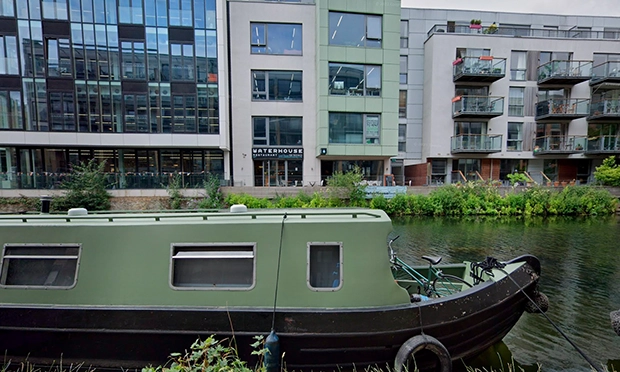Watching period dramas gives the impression that Edwardian dinner parties were very formal affairs and that is probably true. However, when Edward North Buxton (1840 – 1924) and his wife Emily invited guests to Knighton, their home at the north of Woodford, they had a different experience. According to their daughter, Theresa, her father evolved their home from a small villa to a large house with a big hall and staircase, wide gallery, big sitting rooms and bedrooms.
She said: “It was hideous but what was called commodious. It caught all the sun and was very light.
“It was a grand place for games. ‘Witch’ all round the house with two staircases on each floor was hair-raising and made ones blood run cold as one heard the shrieks and scamperings all round the upper passages. Cricket in the hall, the big table as the pitch, a ‘Field’ newspaper (rolled up) as bat, a book as wicket and celluloid balls (very elusive to field). Bean bags in many forms, not merely two lines of people racing, passing the bags along the line and back, but it developed to the lines being up and down in the gallery. Shooting bean bags over the dining-room table into tobacco tins was excellent fun.
“All the games were rather disastrous to ladies’ evening dresses, especially those of the stiffer and smarter guests and I think many visitors learnt to bring an old one to wear.”
Fun was also had by Celia Davies (born 1902) and her older sister Barbara, who lived in Broomhill Road at Woodford Green. They were often invited to children’s parties and occasionally these invitations came from Miss Jacobs, sister of the Bishop of St Albans, who kept house for him at Highams which served as the Bishop’s Palace at the time.
Celia recalls the highlight of the day: “Sooner or later we would play ‘hunt-the-thimble’ and this was when the real fun began. We children would be sent out into the hall while Miss Jacobs hid the thimble. The moment the door was shut, Barbara and I, often followed by a stream of other children, would dash up the wide staircase, straddle the stout mahogany banisters and come sliding down to the hall, swishing round the corner at a tremendous rate. Not only was it an exhilarating sport, but the timing made it exciting. When Miss Jacobs opened her door she would find us all demurely awaiting her summons.” No doubt many other young ladies have longed to slide down that banister since the house became Woodford High School.
Christmas was a special time for Celia, spent at Lytton Lodge in The Drive, South Woodford, the home of her grandfather. The family moved to Hoddesdon in Hertfordshire in 1909 but the warmth and comfort of Lytton Lodge, together with the wonderful smells from the kitchen, made the long journey well worth while.
The family would enjoy turkey, plum pudding and all the traditional Christmas fare and even the children were allowed a little of grandfather’s splendid 1847 port.
Celia’s description of these festive occasions make the Edwardian era come alive again, particularly her memory of an elderly couple “…great-uncle Alfred and great-aunt Emma. We never saw these two except on Christmas Day and they seemed to be seasonal characters like Father Christmas himself, who had no real existence during the rest of the year… Aunt Emma looked like a faded Victorian doll… and it was easy to imagine her being packed away in a box, together with the Christmas decorations, till the season came round once more.”
Georgina Green has been involved with local history in Redbridge, Waltham Forest and the Epping Forest area for 40 years and served as the honorary secretary of the Woodford Historical Society from 1987 to 2000. She is the author of several local history books and was elected a Fellow of the Royal Historical Society in 2021.
https://www.guardian-series.co.uk/news/19791733.stories-recalled-edwardian-dinner-parties-east-london/




